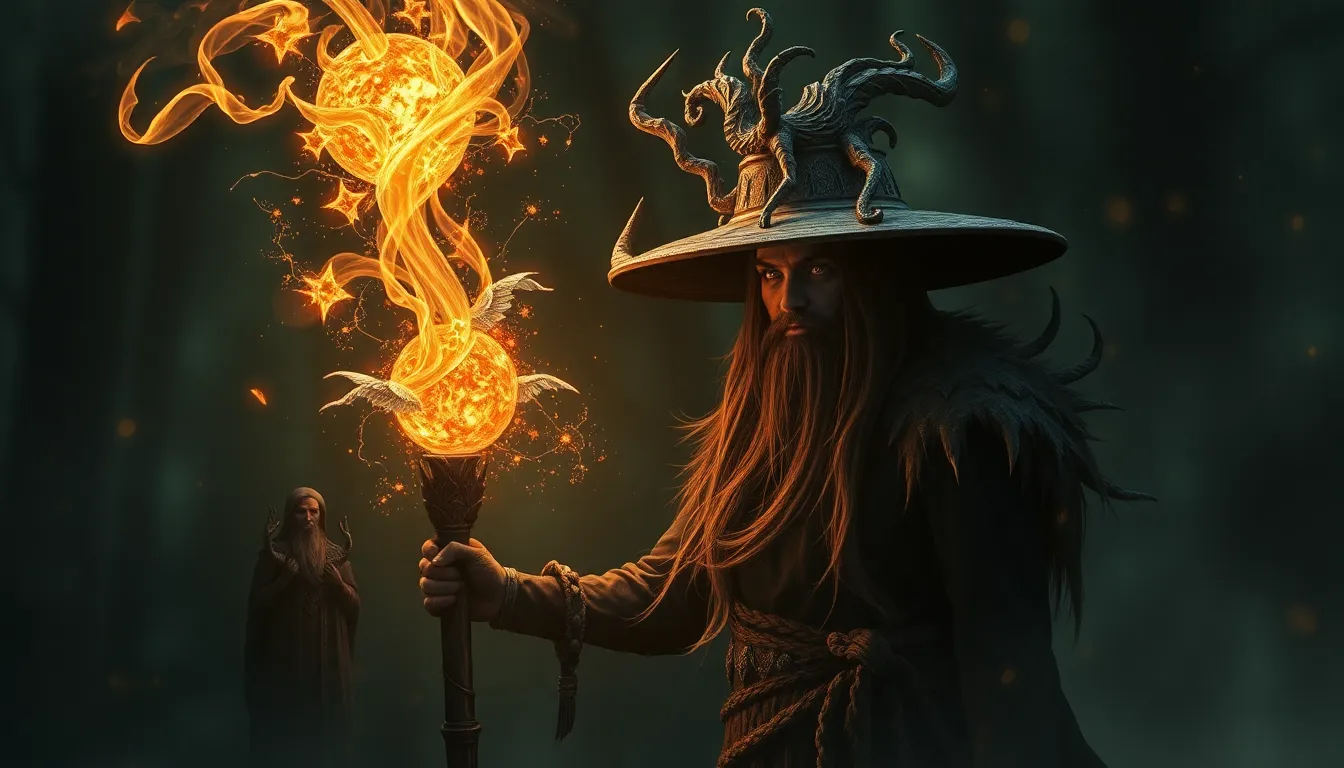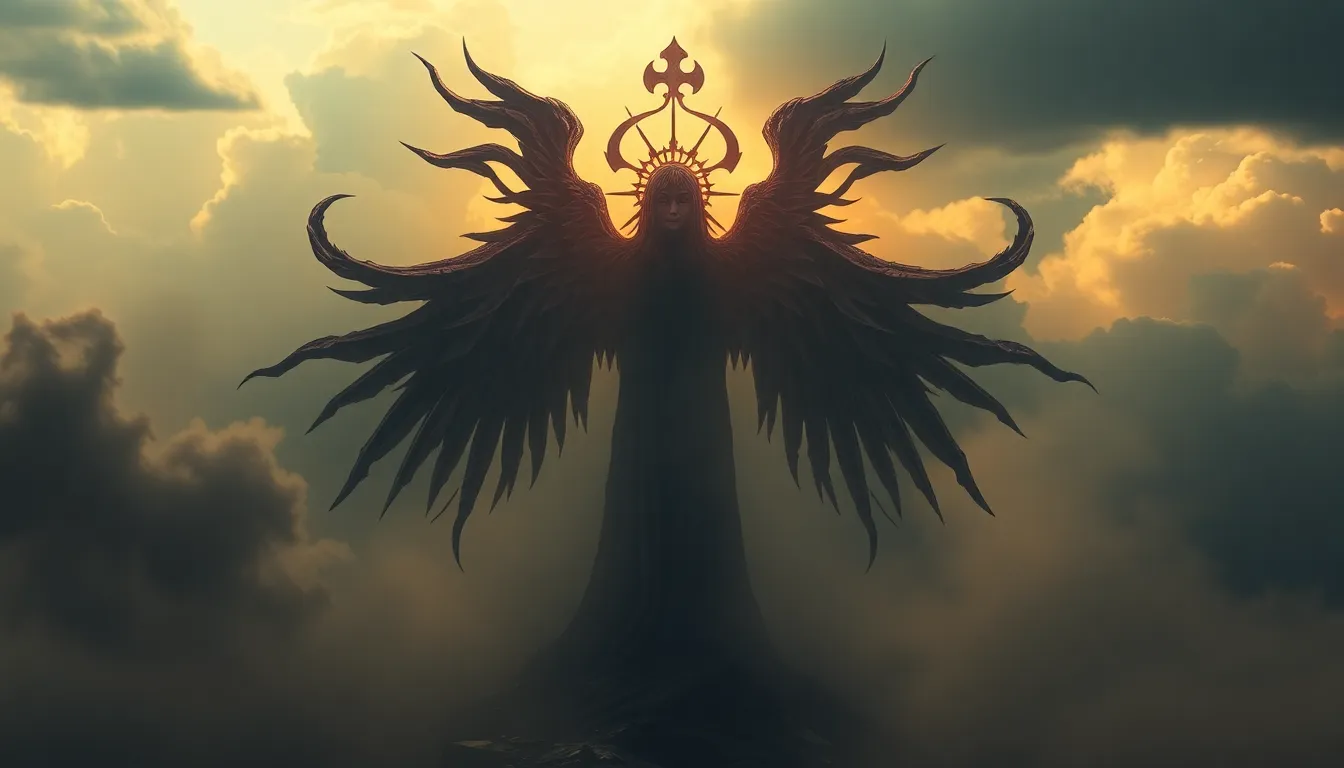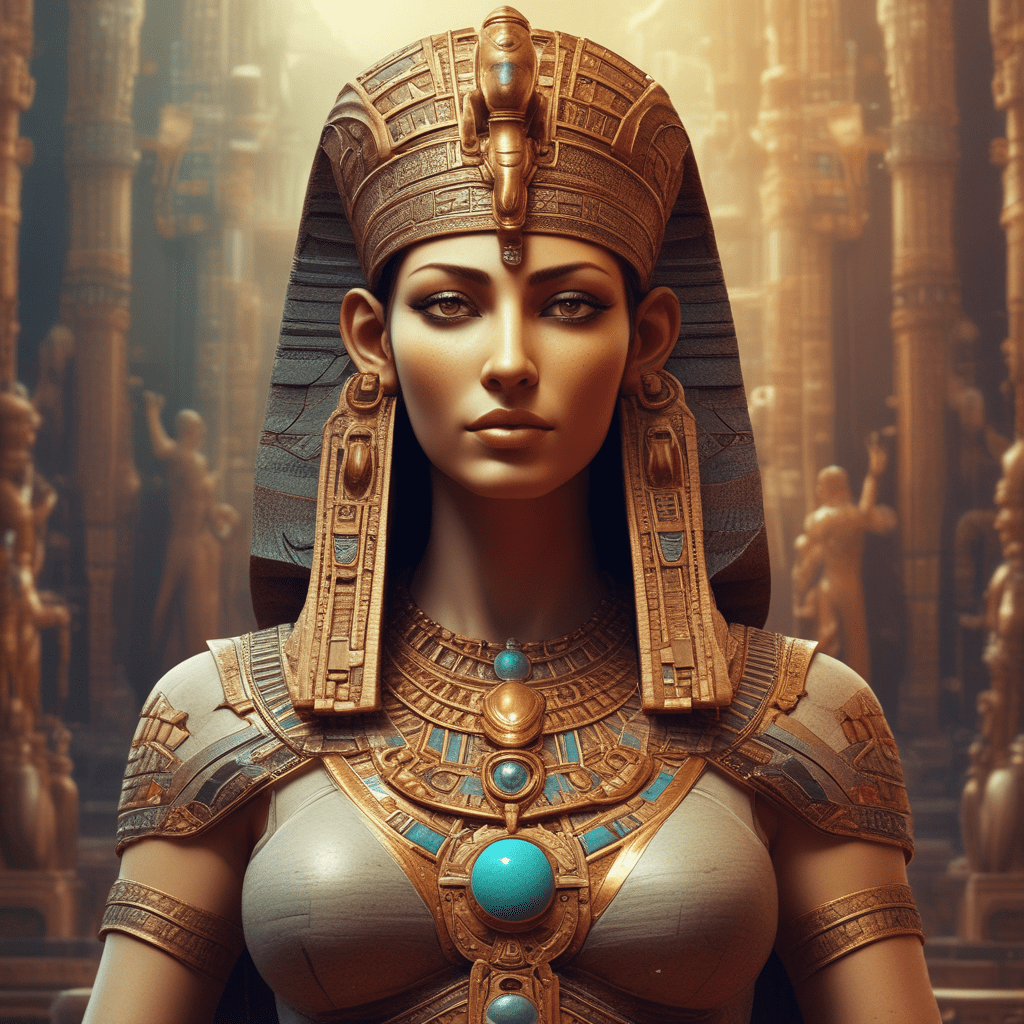The Selkie’s Love: Analyzing the Different Forms of Love Experienced by Selkies in Mythology
I. Introduction to Selkie Mythology
Selkie folklore, rich in its mystique and allure, originates primarily from the coastal regions of Scotland and Ireland. Selkies are mythical creatures that can transform from seals into humans, embodying the enchanting connection between humans and the sea. These shape-shifting beings have captivated the imaginations of countless storytellers and have become emblematic of the cultural narratives that permeate coastal communities.
In mythology, Selkies are often depicted as beautiful women or handsome men who shed their seal skins to dance on the shores. The origins of these tales can be traced back to ancient maritime beliefs, where the sea was seen as a realm of both beauty and danger. The cultural significance of Selkies lies in their representation of the dual nature of existence, highlighting the relationship between humanity and the natural world.
II. Romantic Love: The Bond Between Selkies and Humans
One of the most poignant themes in Selkie mythology is the romantic love that develops between Selkies and humans, particularly fishermen. These archetypal love stories often unfold with a fisherman discovering a Selkie shedding her skin on the shore. Enchanted by her beauty, he steals her seal skin, compelling her to remain with him in human form.
- Themes of Longing and Desire: The relationship between Selkies and humans is often fraught with longing and desire. The Selkie, torn between two worlds, experiences a deep yearning for her ocean home, while the human is captivated by her ethereal beauty.
- Consequences of Love: While these love stories can lead to moments of joy, they often result in tragedy. The Selkie’s longing for the sea creates a tension that ultimately leads to heartache, illustrating the complexities of love that transcends species.
III. Maternal Love: Selkie Mothers and Their Offspring
Maternal love plays a significant role in Selkie folklore, particularly in stories where Selkies become mothers. The emotional depth of these narratives reveals the fierce love Selkie mothers have for their children, often born of human fathers.
- The Role of Selkie Mothers: In many tales, Selkie mothers are depicted as nurturing and protective, often faced with the dilemma of keeping their children safe from human interference.
- Impact of Human Interference: The intrusion of humans into Selkie families can lead to tragic consequences, such as the loss of their children to the human world. This highlights the fragility of maternal bonds and the sacrifices Selkie mothers make for their offspring.
IV. Self-Love and Identity: The Struggle of the Selkie
The duality of existence is a recurring theme in Selkie narratives, where Selkies must navigate their identities as both human and seal. This struggle for self-acceptance is a profound aspect of their stories.
- The Duality of Existence: Selkies embody the tension between their human form and their true identity as seals. This duality often leads to feelings of alienation and confusion.
- Themes of Acceptance: Many Selkie tales explore the journey of self-discovery and the importance of embracing one’s true nature. The act of shedding their seal skin symbolizes a deeper quest for identity and belonging.
V. Platonic Love: Friendship Among Selkies
Friendship and camaraderie among Selkies are also notable aspects of their folklore. Selkie communities are often portrayed as tight-knit groups that share experiences and forge strong bonds.
- Portrayal of Camaraderie: Stories often depict Selkies supporting one another in times of need, illustrating the importance of friendship within their society.
- Significance of Friendship: The friendships among Selkies help them navigate their interactions with humans, providing a sense of community and belonging in a world that can be isolating.
VI. Love of Freedom: The Selkie’s Connection to the Sea
The ocean serves as a powerful symbol of freedom in Selkie mythology. The relationship between love and freedom is intricately woven into their narratives, highlighting the tension between these two elements.
- Symbolism of the Ocean: For Selkies, the sea represents not only home but also a place of liberation. Their return to the ocean signifies a reclamation of their true selves.
- Tension Between Love and Independence: Selkies often find themselves torn between their love for humans and the desire for independence that the sea offers. This tension creates a rich landscape for exploring the complexities of love.
VII. Betrayal and Loss: The Darker Aspects of Love
While love is a central theme in Selkie mythology, betrayal and loss also play significant roles. Instances of betrayal often lead to profound emotional repercussions.
- Instances of Betrayal: In many stories, betrayal occurs when a human deceives a Selkie, such as stealing her seal skin or breaking promises made in love.
- Emotional Repercussions: The pain of lost love and longing can haunt Selkies, shaping their identities and reinforcing the notion that love can be both a source of joy and profound sorrow.
VIII. Conclusion: The Multifaceted Nature of Love in Selkie Mythology
Selkie mythology offers a rich tapestry of love in all its forms—romantic, maternal, platonic, and self-love. The stories of Selkies encapsulate the complexities of love and the connections that bind beings across different realms.
As we explore these narratives, we recognize their enduring relevance in contemporary culture. They serve as reminders of the lessons learned about love, connection, and the importance of embracing one’s true nature. Ultimately, the Selkie’s love stories reflect the multifaceted nature of human emotions and the timeless quest for belonging and identity.




